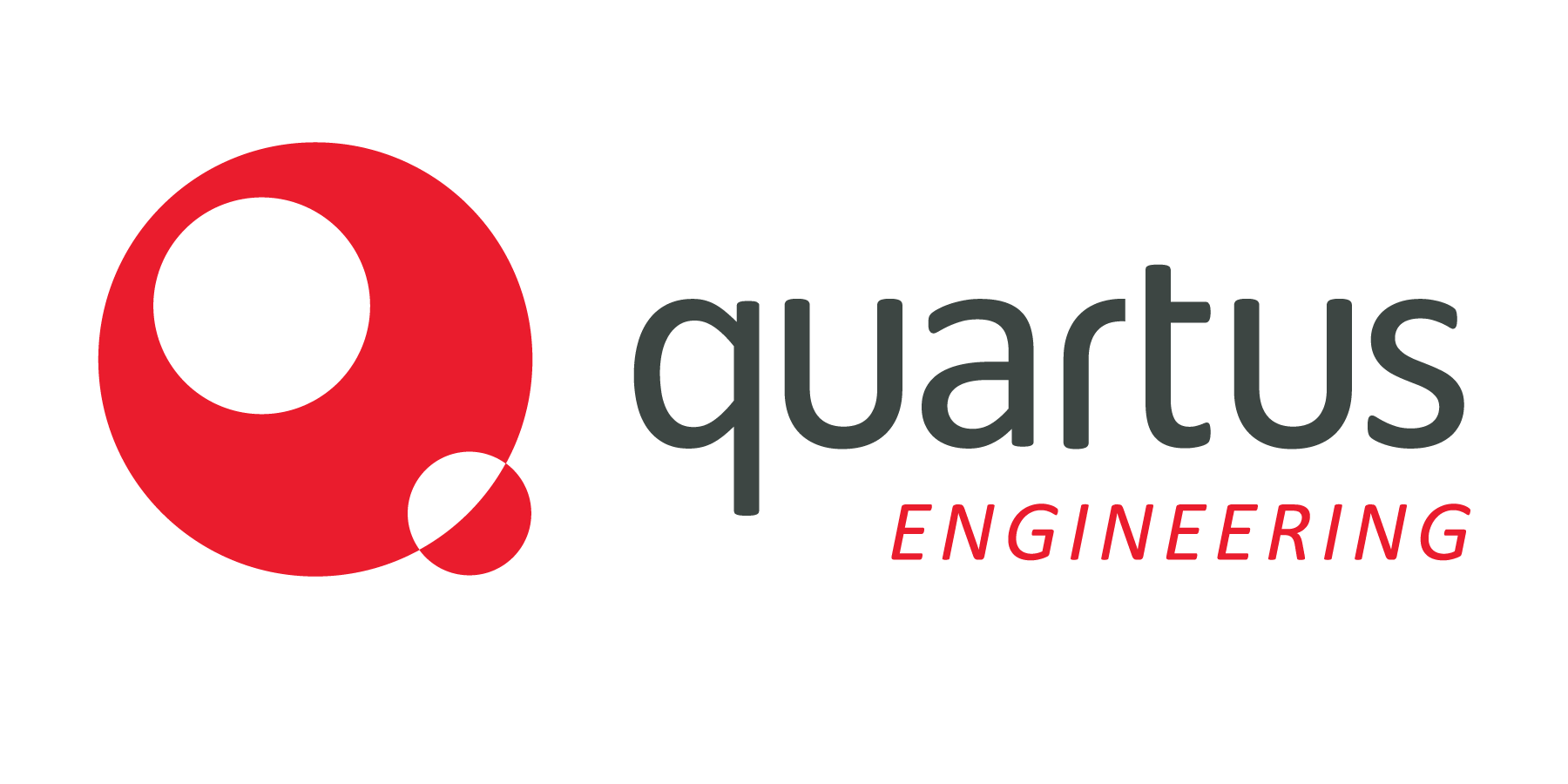Propellant Management Device (PMD) Analysis for Momentus Vigoride.
Momentus has developed a propulsion system using low-pressure reaction mass storage tanks for an electric water plasma thruster. The low pressure opens up the possibility for highly space-efficient tanks, but these atypical shapes require creative propellant management.
A common design challenge for spacecraft propellant tanks is making sure that the outlet stays submerged in liquid. Vapor, typically helium or nitrogen used as a pressurant, making its way to the thrusters can cause damage or malfunction and poor performance. A Propellant Management Device (PMD) is a set of features that leverages fluid surface tension effects to keep the outlet covered in propellant under all operating conditions for the spacecraft.
The Gauss-Laplace equation,

describes the pressure difference, p, across a phase interface as a function of the surface tension, σ, and the radii of curvature, R1 and R2, of the interfacial surface. This equation can be combined with: 1) the geometry of a hole where a bubble might pass through, 2) the geometry of the contact angle between the liquid and surface coatings, and 3) with hydrostatics. This allows the evaluation of bubble behavior around the PMD under various loading scenarios and is sometimes referred to as bubble point calculations (not to be confused with thermodynamic bubble points). For example, the acceleration, a, that will allow a bubble to pass through a circular hole can be shown to be:

where σ is the surface tension, λ is the contact angle, ρ is the liquid density, h is the height of the fluid column to be supported, and D is the diameter of the hole. More complex bubble and hole geometry can be evaluated; however, these are often modeled with numerical methods.
Quartus and Momentus worked together to develop a gallery-type PMD to maintain uninterrupted reaction mass at the outlet of the tank for fill fractions from launch to end of life. A gallery composed of L-sections provides an outlet path for liquid from nearly anywhere in the tank. Bubble point hand calculations and expected maneuvering loads were used to size the openings from the gallery to the interior of the tank, and to evaluate mesh coverings.
Multi-phase Computational Fluid Dynamics (CFD) analysis was used to simulate surface tension effects in microgravity conditions in order to solve this design problem. Pressurant was kept away from the tank outlet using features on the PMD based on reaction mass flow rates and maneuver loads. Maneuvers were simulated both to determine reaction forces due to the fluid and to ensure pressurant does not enter the PMD for extreme rotations. Hand calculations of the extreme rotation cases showed agreement with the transient CFD simulations.
- CFD
- Fluid Mechanics
- Thermodynamics
- STAR-CCM+
- Python
The tank and PMD shown in this analysis flew on Vigoride-3 but the propulsion system was not fired. A larger tank and PMD concept developed by Quartus and Momentus and has successfully been flown including propulsion system firing on the Vigoride-5 spacecraft. This larger tank and PMD is slated for flight on future missions.
